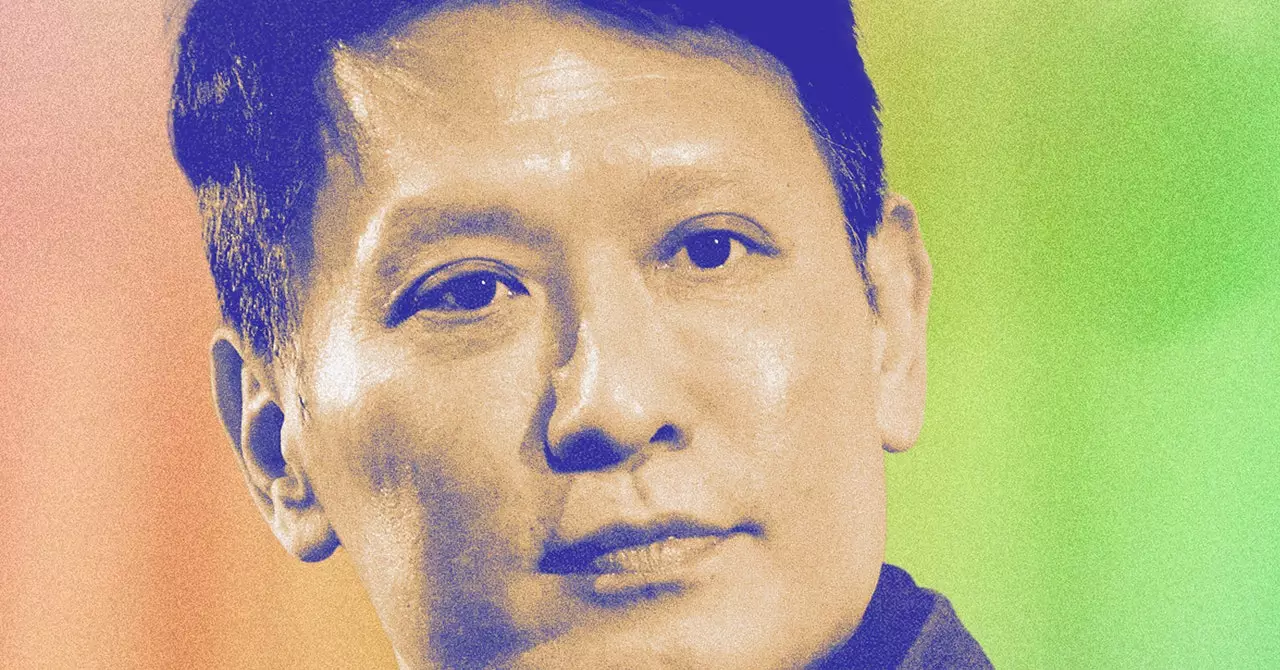In an evolving financial landscape where cryptocurrencies are moving from the fringes to mainstream acceptance, the challenges for leading exchanges like Binance are multi-faceted. The departure of founder Changpeng Zhao (CZ) from the frontline and the transition to Richard Teng’s leadership mark a transitional phase that seeks to redefine the identity of Binance. This shift reflects not only a change in personnel but also a significant pivot in strategy as the company grapples with increased scrutiny from regulators and a growing demand for compliance.
The Era of Change: Leadership Transition at Binance
When speaking about this leadership transition, one cannot overlook the shadow cast by CZ, particularly given his role as the largest shareholder. His vision established Binance as a major player in the cryptocurrency domain, thriving in an environment that once lacked substantial regulations. Richard Teng, however, faces an uphill battle in steering the company toward a new paradigm—one characterized by robust compliance mechanisms and regulatory alignment. This necessitates a fundamental shift in operations as the once-lenient landscape transitions toward increased regulatory oversight.
Teng acknowledges the stark differences between the environments he and CZ operated in. While CZ championed innovation during a period of skepticism from institutional players, Teng finds himself tasked with restructuring the company for a future that demands adherence to evolving regulatory expectations. Thus, his leadership is not merely a continuation of a prior era but a realignment of Binance’s mission toward establishing itself as a prominent and compliant global trading platform.
A standout feature of Teng’s upcoming strategy is the heavy investment in the company’s compliance infrastructure—an element vital for sustaining operations in a regulatory environment that could otherwise stigmatize digital asset trading. Binance’s proactive measures include a meticulous introduction of policies to mitigate risks associated with digital currencies. Notably, the exchange has embarked on creating training programs for law enforcement agencies, emphasizing the importance of harnessing blockchain technology to identify and eliminate illicit activities.
In tandem with these initiatives, Binance is showing a commitment to collaboration with regulators and law enforcement. The proactive stance not only aims to enhance compliance but also to cultivate trust in the cryptocurrency ecosystem. With Binance being one of the most regulated exchanges globally—amassing twenty-one regulatory approvals—Teng’s leadership could usher in an era marked by increased legitimacy within the space.
Oversight and Independent Review: The Path Forward
A critical element of Teng’s restructuring plans has involved partnerships with external surveillance bodies as part of a settlement arrangement with the U.S. Department of Justice. This oversight introduces an additional layer of accountability—a crucial development for a company previously marred by controversy. Independent monitors serve as a form of check, providing insights into compliance measures and suggesting improvements where necessary.
This strategy of embracing external review highlights a significant departure from the past, reflecting Teng’s understanding that compliance cannot solely rest on internal perceptions. By integrating external feedback into their compliance framework, Binance seeks to bolster its integrity and operational standards, thereby reassuring users and regulators alike.
One of the more pressing challenges for Binance under Teng’s leadership is establishing a formal headquarters. Historically, Binance has advertised itself as a decentralized entity, a notion that worked well during an era of digital libertarianism but appears unsustainable against the backdrop of current regulatory demands. As the exchange moves toward greater accountability, identifying a centralized operational base is imperative.
The complexities surrounding this decision underscore the numerous factors at play: regulatory frameworks in proposed jurisdictions, the talent pool available, and local economic conditions, among others. Engaging in discussions with multiple jurisdictions showcases Binance’s commitment to aligning its operations with the reality of regulatory frameworks while seeking to build a stable foundation for long-term growth.
A Forward-Looking Perspective: The Future of Binance
The transformational journey of Binance under Richard Teng symbolizes not merely an internal restructuring but a broader commitment to building a sustainable and compliant cryptocurrency exchange. The measures being taken to enhance compliance, establish external oversight, and seek a formal headquarters are indicative of a company ready to embrace the complexities of a regulated environment. As the cryptocurrency market continues to mature, Binance’s proactive approach could not only safeguard its position as a market leader but also contribute significantly toward fostering a credible and transparent ecosystem for digital finance.

